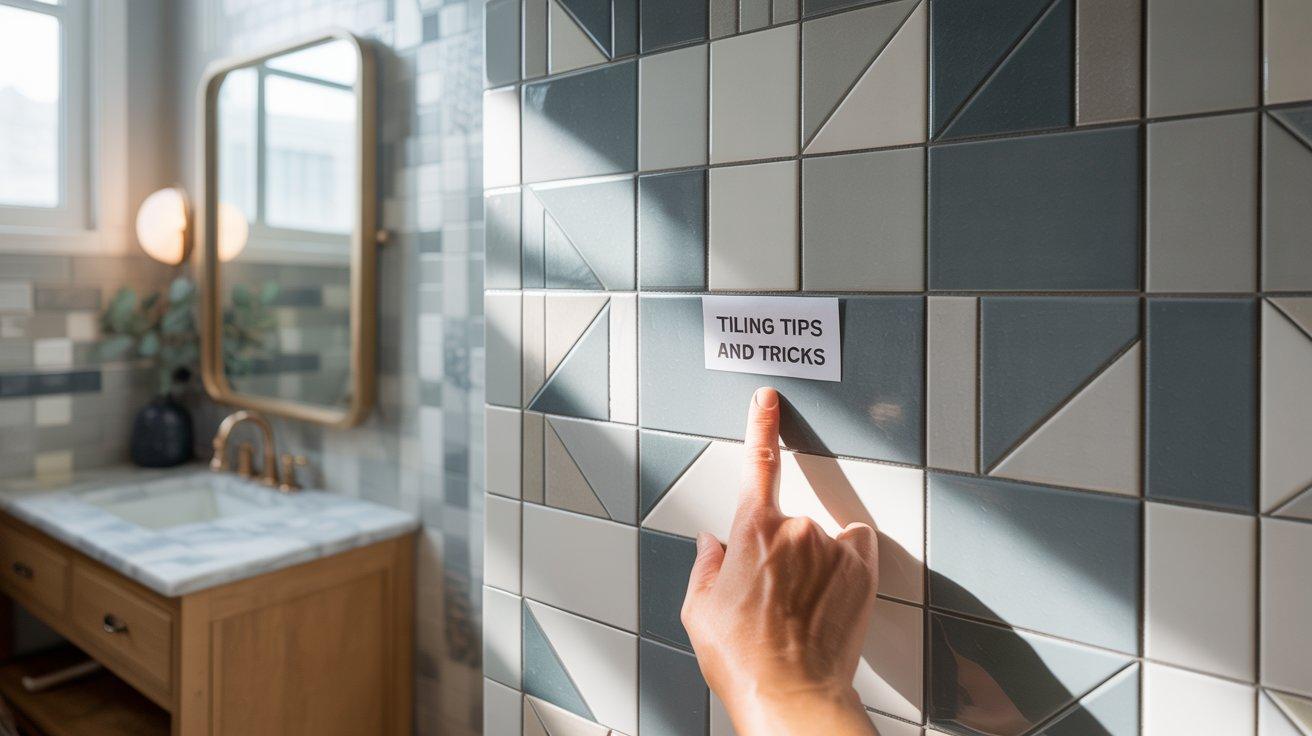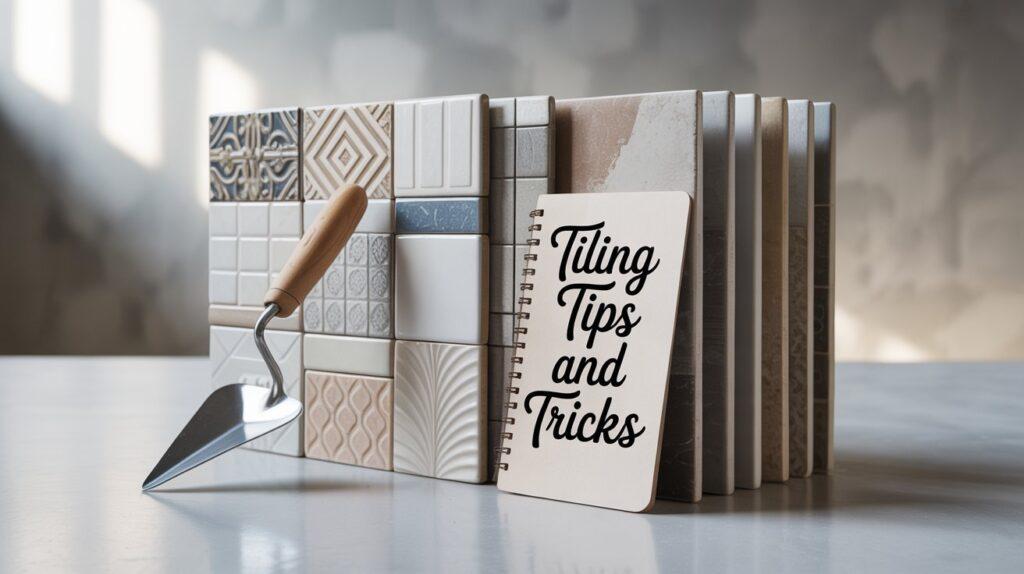Tiling Tips And Tricks: Expert Secrets for Perfect Floors

Tiling can change a room’s look. It makes spaces clean and bright. But tiling is not always easy. It takes time and care. Here are some tiling tips and tricks to help you.

Choosing Your Tiles
First, choose the right tiles. Tiles come in many shapes. They also come in many colors. Pick tiles that match your room. Small rooms need light tiles. Light tiles make rooms look bigger.
Next, check the tile’s size. Big tiles are best for big rooms. Small tiles are best for small areas. This helps make the space look balanced.
Also, think about the tile’s material. Ceramic tiles are common. They are strong and last long. Glass tiles are shiny. They add sparkle to a room.
Preparing Your Tools
Before you start, gather your tools. You will need a tile cutter. You will also need a notched trowel. A level is important too.
Other tools include a grout float and a sponge. Make sure your tools are clean. Dirty tools can ruin your work.
Preparing The Surface
The surface must be smooth. Clean it well. Remove any dust or dirt. Fill any holes or cracks. This helps the tiles stick better.
Check if the surface is level. Use a level tool. An uneven surface makes tiles crooked.

Planning Your Layout
Planning saves time. Start by laying tiles on the floor. This helps you see how they fit. Begin at the center of the room.
Work outwards. This keeps tiles even. You may need to cut some tiles. Measure twice before cutting. This avoids waste.
Applying The Adhesive
Mix the adhesive well. Follow the instructions on the package. Use the notched trowel to spread it. Apply adhesive in small areas.
Do not rush. Work on one section at a time. This prevents the adhesive from drying too fast.
Placing The Tiles
Place tiles gently. Press them into the adhesive. Use spacers between tiles. Spacers keep gaps even.
Check if tiles are level. Use a level tool. Adjust if necessary. Make sure tiles stay straight.
Cutting The Tiles
Some tiles will need cutting. Use a tile cutter for this. Mark the tile first. Draw a line where you will cut.
Cut slowly and carefully. Wear safety goggles. Tile pieces can be sharp.
Grouting The Tiles
Wait for the adhesive to dry. This can take a day. Next, mix the grout. It should be smooth, like peanut butter.
Use a grout float to spread it. Fill the gaps between tiles. Move the float diagonally. This helps push grout into gaps.
Wipe off extra grout. Use a damp sponge. Do this before the grout dries. Repeat until all gaps are filled.
Cleaning The Tiles
Let the grout dry. This may take a few hours. Then, clean the tiles again. Use a clean cloth or sponge.
Remove any grout haze. This makes tiles shine. Be gentle. Avoid scratching the tiles.
Sealing The Grout
Sealing grout keeps it clean. It prevents stains and water damage. Wait for the grout to dry completely.
Apply the sealant with a brush. Cover all grout lines. Let it dry as per instructions.
Finishing Touches
Look over your work. Fix any small mistakes. Check for uneven tiles. Adjust them if you can.
Replace any broken tiles. Make sure the room is clean. Your tiling project is now complete!
Enjoy Your New Space
Take a moment to enjoy your work. Tiling can transform a room. It adds value and beauty. Your effort makes it special.
With these tips and tricks, tiling can be easy. Practice makes perfect. Soon, you will tile like a pro!
Frequently Asked Questions
What Tools Are Needed For Tiling?
Basic tools include a tile cutter, trowel, and level. Spacers and grout float are also essential.
How Do I Choose The Right Tiles?
Consider room size, style, and functionality. Larger tiles suit bigger spaces. Durability matters for high-traffic areas.
Why Is Grout Important In Tiling?
Grout fills gaps, supports tiles, and prevents moisture. It adds stability and enhances the overall look.
Can I Tile Over Existing Tiles?
Yes, if the surface is smooth and clean. Ensure old tiles are firmly set before starting.
